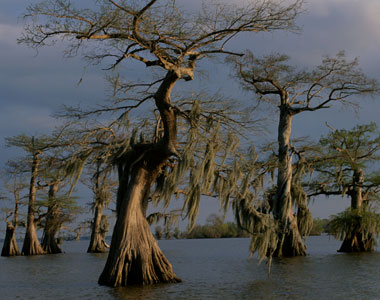Still from: The Men Who Stare at Goats (2009). Image Source: Overture/Momentum via Daily Mail.
Odd, isn't it, how paranoia and paranormal sound similar? They share a common Greek and Latin prefix.
Wiki: "The word
paranoia comes from the
Greek 'παράνοια' (
paranoia), '
madness' and that from 'παρά' (
para), 'beside, by' + 'νόος' (
noos), 'mind.'"
Wiki's definition of 'paranormal':
“Paranormal” has been in the English language since at least 1920. It consists of two parts:
para and
normal. In most definitions of the word paranormal,
it is described as anything that is beyond or contrary to what is deemed scientifically possible. The definition implies that the scientific explanation of the world around us is the 'normal' part of the word and 'para' makes up the above, beyond, beside, contrary, or against part of the meaning.
Para has a
Greek and
Latin origin. Its most common meaning (the Greek usage) is 'similar to' or 'near to', as in
paragraph. In Latin,
para means 'above,' 'against,' 'counter,' 'outside,' or 'beyond'. For example,
parapluie in
French means 'counter-rain' – an
umbrella. It can be construed, then, that the term paranormal is derived from the Latin use of the prefix '
para', meaning 'against, counter, outside or beyond the norm.'
I've done a few blog posts in this
countdown that deal with social or professional positions which oblige people to deal directly or indirectly with whatever is considered to be paranormal. These people are not conventional paranormal skeptics. But parents, doctors, religious leaders, hoteliers - and further, police, lawyers and real estate agents - are all people who have to square paranormal happenings or the belief in paranormal events with rationalized, institutionalized realities. It's always interesting to see how strange happenings and ideas are dealt with by the laws regarding the sale of property, for example, or framed in terms of regulations and conventions established as the bases of law enforcement, scientific investigation, educational organization, commercial transactions and so on. These are after all, the systems and structures that form the foundations of working societies. If those can be overwhelmed or appropriated by the credulous and rejigged to prove the unprovable (as is done in the pseudo-science of ghost hunting) the very integrity of the original rationalized system is called into question.
Does that erosion of what we certainly know and what we can solidly accomplish ultimately lend credibility to the paranormal? The paranormal is generally used to describe the grey areas where conventional wisdom bleeds away. It's the frayed edge. But some of it only gains legitimacy in retrospect: there are hundreds of examples where incidents once thought of as 'magical' or 'supernatural' in the past were later proved scientifically as natural phenomena, starting with eclipses, and moving on down through
terrifying diseases like the Black Death. When it comes to the paranormal, the conventions of sanity only run backwards in time.
One area of human activity where the rational push is fowards through the murk and mystery, in spite of all caveats, is in military actions. This is the case even more than in the pure sciences (which progress by testing successive theories). Military action, depends on
action, including gross mistakes, endured at terrible costs. In his essay on
Kipling (which you can read
here), George Orwell attacked opposition armchair quarterbacks who criticized imperialism. He said: it's all very well to point figures, pass judgment and have theories and notions about what is right and wrong. But imperialists were people who had to make decisions out in the field, in
real circumstances, and had to
act in the face of impossible situations. They had to answer the question:
what would you do? Even if you question why imperialists were in those impossible situations in the first place (which Orwell certainly did), his fundamental premise remained and remains.
Of all the systems set up on earth to cope with chaos, violence and disorder in a rationalized and orderly way, military cultures are probably number one. Since military personnel have to function with high efficiency in extremely difficult, sometimes irrational circumstances, they are in a way on the fringe as well. Military staff are on the cutting edge of what works, and what doesn't - what makes sense, and what doesn't. But under extreme circumstances, the distinction between the real and unreal is not that easy. Consider something as surreal as
going over the top in the First World War. Sometimes you have to wear both hats at once. At times, this very paradox puts conspiracy theorists,
Fortean researchers and military operatives on the edge together, on the same patch.

























